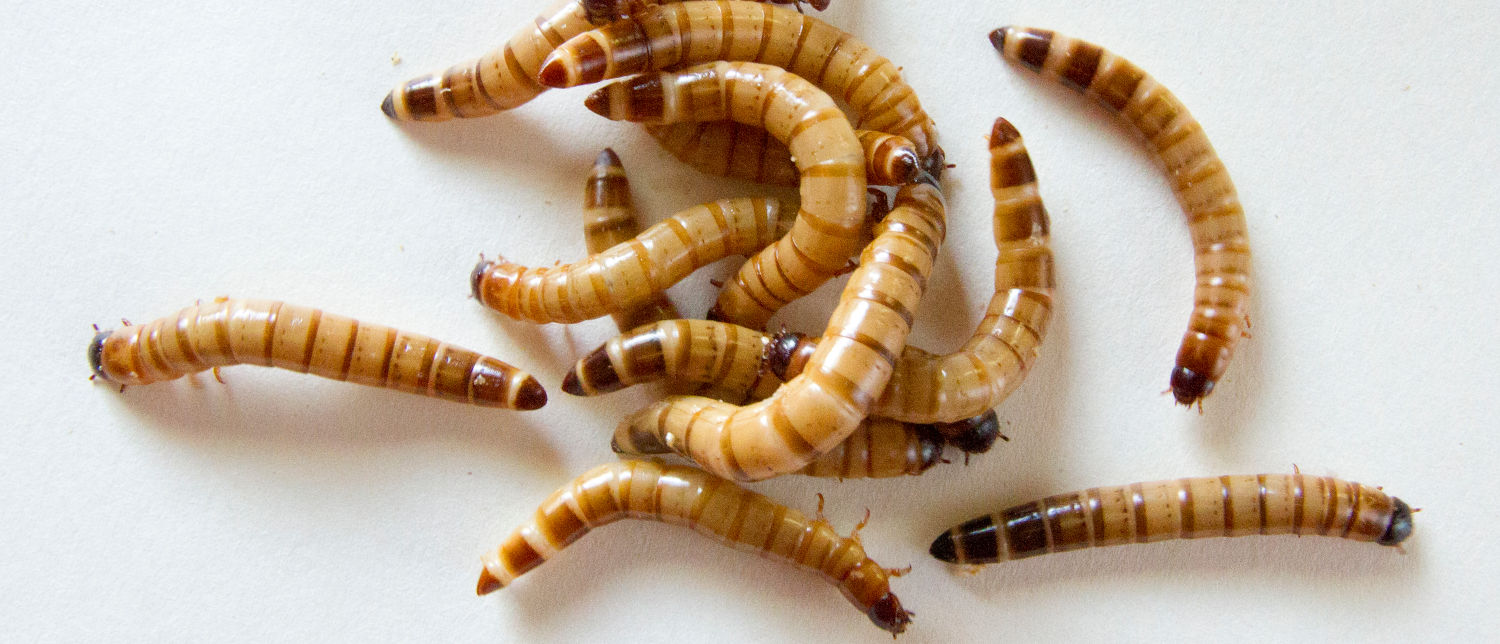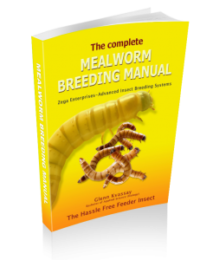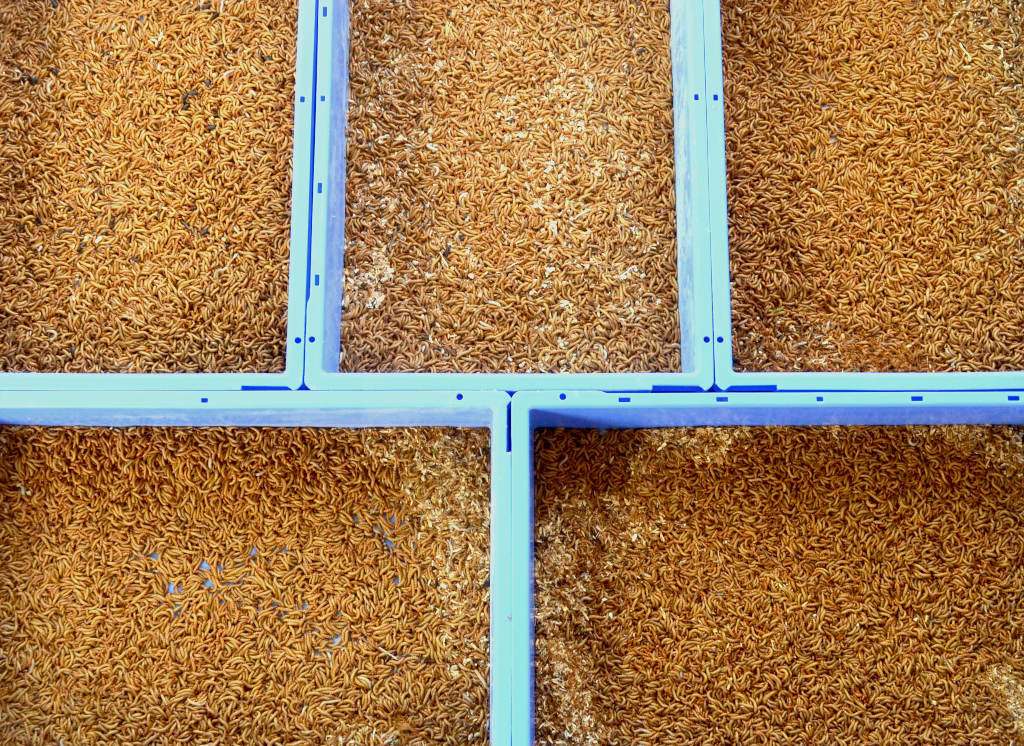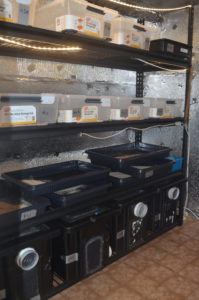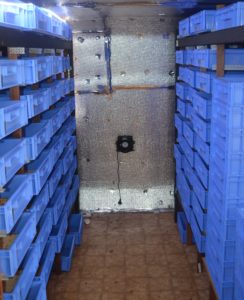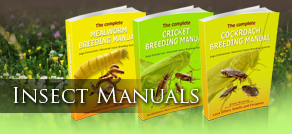Small Scale Mealworm Production Rates (Hobbyist)
Production rates from small scale hobbyists is highly variable and dependent on setup, temperature and user skill.
Using 60 cm by 40 cm by 12 cm trays (24 by 16 by 5 inches) trays without climate control and moderate temperatures (spring and autumn) in a warm temperate environment could expect approximately 0.4 – 0.5 kg (0.9 – 1.1 lb) per tray. Temperatures outside of optimal ranges (ie in winter and hot summer) without climate control are likely to result in lower production rates.
Temperature is the main issue which will reduce production rates, and the other issue is mold and mites which is very common. The main reason for mold is that the temperature falls below the dew point due to no heating, which creates moist conditions which encourages mold development.

